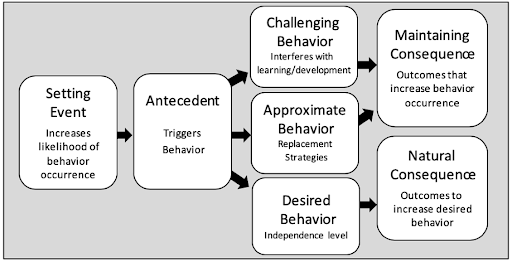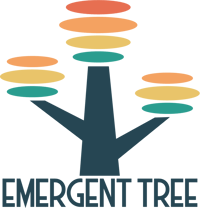How to Connect IEP Decisions to Behavioral Data
If you’re a teacher, campus coordinator, or district administrator, you likely have struggled with monitoring the progress of your students. Maybe you have faced one or all of these challenges?
-
-
- Tools are unaligned across campuses
- Many tools require a high level of knowledge
- Data collection can be time consuming
- There is limited contextual fit to the classroom environment
- Data collection is not linked to student’s behavior goals
- Data is not graphed
-
Your goal as an educator is to support your students and identify areas for growth and improvement in the classroom. You might have a lot of data points flowing your way from various tools, assessments, etc., but is the information you are gathering clear and actionable?
Are you able to convert the data into solid information to take action steps and generate the growth and progress you are looking for?
In comes a strong progress monitoring system. Why is progress monitoring important?
-
-
- Creates a more accurate understanding of student skills and growth
- Drives more accurate selection (and fading) of intervention & supports
- Boosts collaboration among stakeholders
-
We’ve found that campuses often use tools that provide limited information.
-
-
- Discipline referrals only measure the presence of challenging behavior. This also often doesn’t build a picture for school-wide trends and individual teacher tolerance.
- Teachers are creative and often develop tools to support their needs. However, these teacher-made tools often are unaligned across classrooms, are time-intensive to create, and disconnect consistent evidence-based data across a campus or district.
- Direct observation provides a lot of great insight, but requires specific skills, resources, and time to complete, which teachers often don’t have available.
-
So what if there was another way? How could we improve this growing problem and complexity for the classroom?
Our Answer: Utilize the Competing Behavior Pathway Model to better understand student behavior, align language and behavior interventions, AND create a method for efficient measuring of student progress.
It all starts with behavior goals. Before we tackle what behavior goals are, we must express what they are not:
-
-
- Basing the goal on what you want students to NOT do
- Writing goals just on a percentage of increase of desired behaviors
- Determining mastery based on teacher behaviors/ interventions application
-
With this in mind, we can dig into developing behavior goals through a behavior pathway.
This Pathway provides an illustration of a behavior support and intervention plan. This tool facilitates collaboration and alignment among stakeholders.

To work through this pathway, we’ve found it’s best to write down your objectives, and It’s as easy as your ABCs:
A - Antecedent
What are the conditions under which the behavior will occur?
B - Behavior
What do you want the student to do? (This needs to be observable and measurable)
C - Criteria
How accurate does the behavior need to be?
D - Determinant
How long or how many times does the student need to perform at that level before it is mastered?
Here’s an example of how this could look:
Step One. Identify your goal.
The Challenge:
When asked to engage in a writing assignment, Alice will go to the back of the room without permission, sit on the carpet or under the table and refuse to get up in order to ESCAPE THE ACTIVITY.
Goal:
When given a writing assignment, Alice will participate in the activity or ask for help.
Step Two. Write down your objectives.
A - When given an independent writing assignment
B - participate in the activity or ask for help
C - as measured by an average DBRC score of 4.0 with no more than 20% of intervals at a 1 or 2
D - For an 8-week period.
Try it Yourself.
We’ve put together some worksheets for you to tackle that include these different activities to walk through:
-
-
- Competing Behavior Pathway
- Replacement Behavior Checklist
- Replacement Behavior Practice
- Approximate Behaviors
- Writing Goals & Objectives
- Data-based Decision Making
- Example Data Behavior Report Card (DBRC)
- Example Intervention Fidelity Checklist
- Behavior Intervention Plan (BIP) Fidelity Template
-
As you tackle working through these things yourself, here are just a few things to keep in mind when utilizing a Progress Monitor:
-
-
- Measure Behavior Skill Acquisition
- Determine Independence Levels
- Check Intervention Fidelity
-
Behavior goals, progress monitoring, and strong information from your data are key elements to helping you support your students in greater, more meaningful ways. If your team is looking for some support in how to tackle these areas, we are here to support you. Take a look at some of our tools and resources to support you in your journey.



Comments